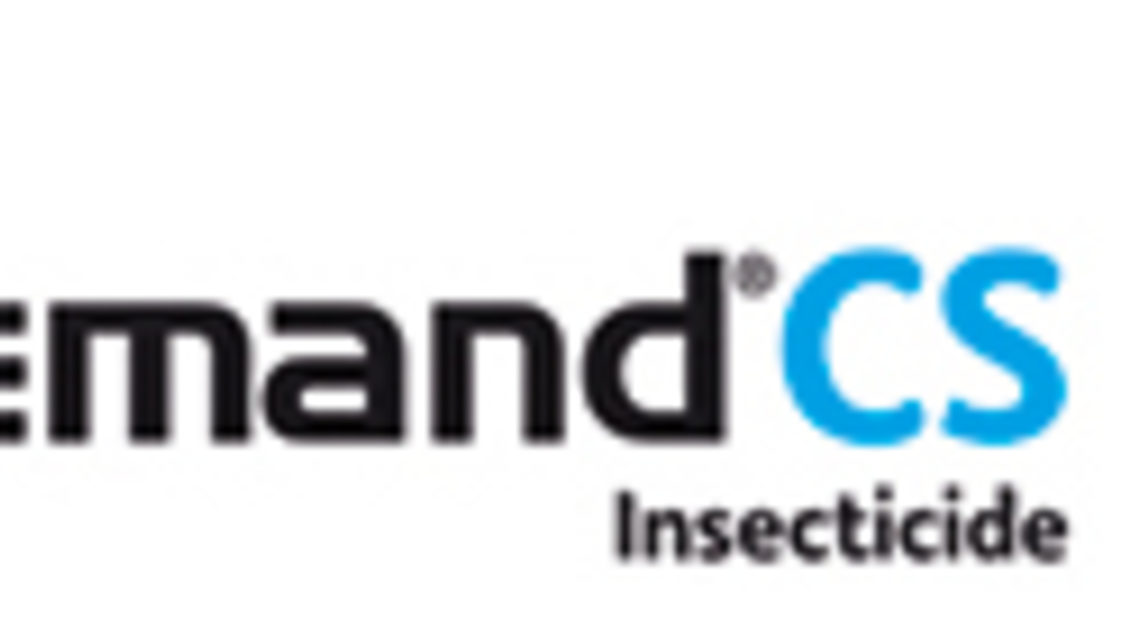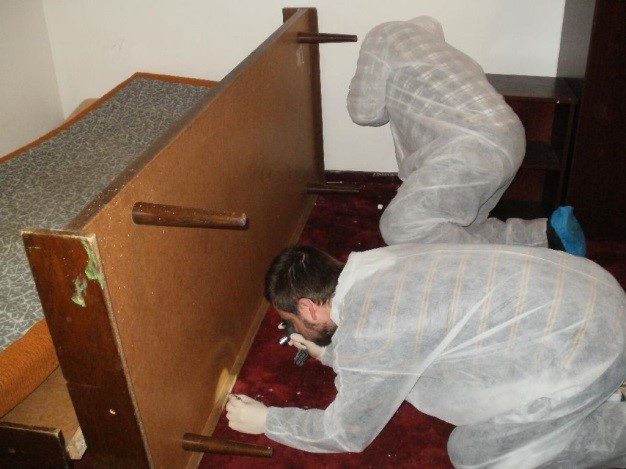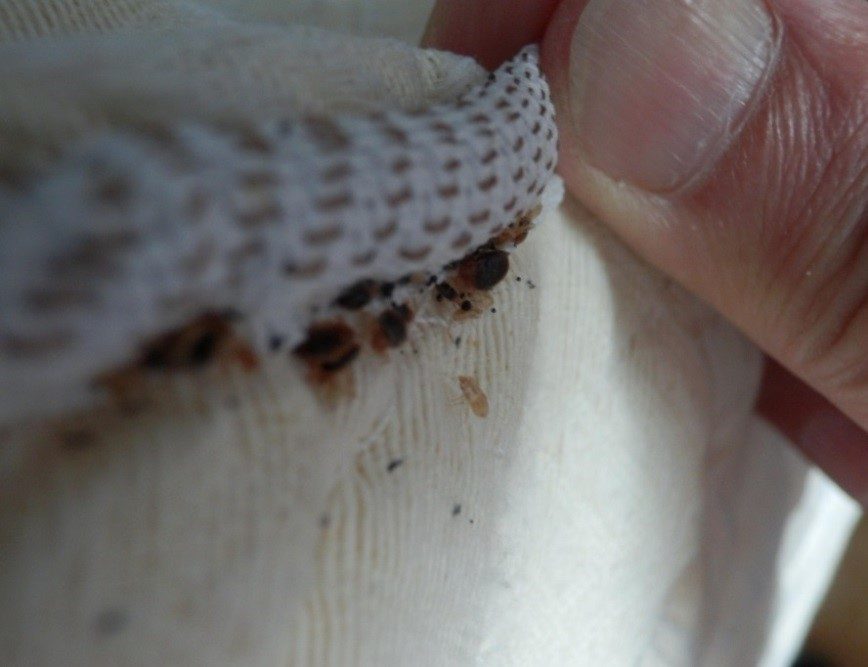Demand CS provides protection against bed bugs, Cimex lectularius

Article by: Kai Sievert (Technical Services Manager EAME PPM & VC)
Two of the main reasons are the heavily increased travel all around the world in the last 2 decades but also the ban of several very efficient but toxic or environmentally challenging products such as DDVP or Propoxur. Hotel guests often let their luggage overnight unclosed which allows the bed bug to crawl into the suitcase and thus get brought to the next hotel or back to the home address of the travellers.
Demand®10CS from Syngenta with its encapsulated active ingredient lambda-Cyhalothrin is one of the preferred remaining weapons against this challenging arthropod pest. In the case described here it was applied in 5 different apartments in the Czech Republic. A pre-monitoring assessment was conducted immediately before treatment to determine the level of infestation. As there is no validated method for bed bug monitoring a standardized 20 minute searching effort was used to identify/quantify any bed bug infestation at each of the test sites prior to the treatment (Fig.1, 2).


Figures 1 and 2: Pre-monitoring and preparation of the sites for the treatment
Pre-treatment assessment
Indications of a bed bug infestation included live or dead bed bugs, cast skins, blood spotting on the sheets, along the mattress seams, other places where bed bugs hide and the typical bed bug smell.
All sites where bed bugs could hide such as mattress and beds, but also areas around the bed including the bed frame, bed head and bedside furniture were inspected. Close attention was paid also to appliances such as telephones and audio visual equipment, books, power points and behind switch plates, underneath carpet edges. Wall hangings, picture frames, old nail and screw holes, wall mirrors, smoke detectors and light fittings were also inspected. Basically not the smallest hiding place of these little arthropods were missed.
A room site plan was drawn showing the location of any activity. Prior to the treatment, the occupants were asked whether they were bitten by the bed bugs.
All treated flats were similar in size, set up and bed bug infestation. E.g. in site 1 (58m2) two out of four rooms were infested with bed bugs. In the children´s room, live bed bugs and fresh eggs were found on the bed frame (Figures 3). In the main bedroom, live bed bugs were found on the mattress. Inhabitants exhibited signs of bed bug bites.

Figures 3: Indication of a bed bug infestation at site 1
The treatment
Prior to application, Demand®10CS was diluted 1:200 in water (0.05% a.i. in final mix). The product was applied at an application rate of approximately 50 ml/m2 by Ni-Mh powered sprayer (Tecnoma Libertis 5L). Product applied was thoroughly shaken before and during application. In the two out of five sites where live bed bugs were present at three weeks post initial treatment, the product was re-applied.
Post-treatment assessment
At each test site, a visual inspection was made after the treatment following the same method as for pre-treatment assessment and the number of live, knocked down and dead bed bugs was recorded. Assessments were carried out on 6 to 9 weeks after the treatment.
Results and Conclusions
The treatment resulted in a fast and comprehensive control of the bedbugs in 4 out of 5 treatment sites. As an example in site 1 the pre-assessment showed 42 insects but one week after treatment only 2 living bed bugs and some dead ones were detected. At the following checks no insect could be detected anymore. Also at the last check 10 weeks after the treatment the site was still free of this pest. And even at the fifth site a 99.7 % reduction in the number of live bed bugs was found.
It can be concluded that Demand®10CS is a valuable tool in controlling bed bug infestation and providing a long residual protection against this painful pest.
